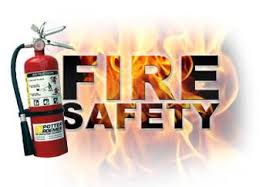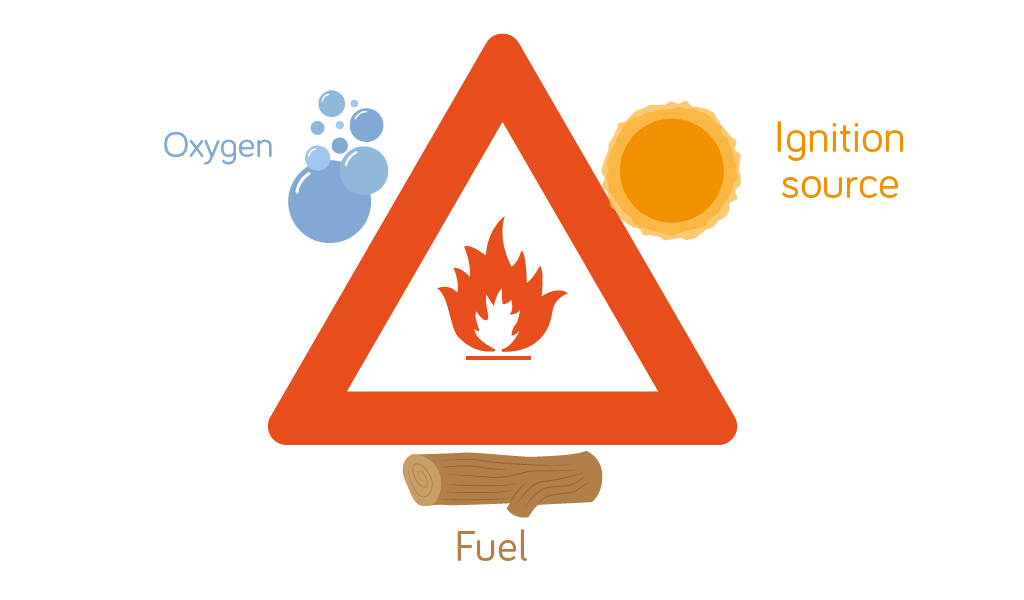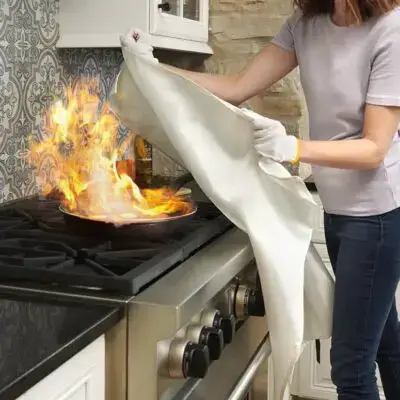A Guide to the Different Classes of Fire
Understanding the different classes of fire is crucial for effective fire safety. Each class represents a different type of fire, requiring specific methods for control and extinguishment. Let’s explore them one by one.

Class A: Combustible Solids
Class A fires involve common combustible materials like wood, paper, cloth, and some plastics. They’re the type of fire you might encounter in typical home or office settings. The key to tackling a Class A fire is to cool the burning material. Water and foam fire extinguishers are effective here, as they reduce the material’s temperature below its ignition point, thereby extinguishing the flame.
Class B: Flammable Liquids
Class B fires involve flammable liquids such as petrol, diesel, oils, and alcohols. These fires are particularly dangerous due to the rapid spread of flames and the risk of re-ignition. Water can’t be used here as it can spread the fire. Instead, smothering the fire to cut off the oxygen supply is the best approach. Foam, dry powder, and CO2 extinguishers are ideal for Class B fires.

Class C: Flammable Gases
Class C fires are associated with flammable gases like propane, butane, and natural gas. These fires are highly hazardous due to the potential for explosions. The primary goal in a Class C fire is to shut off the gas supply. Once the gas is turned off, the fire can be treated like a Class A or B fire, depending on what’s burning. Dry powder extinguishers are often used for these types of fires.
Class D: Metal Fires
Class D fires involve combustible metals such as magnesium, aluminum, and potassium. These fires are unique because they can burn at extremely high temperatures and react violently with water. Special dry powder extinguishers are needed for Class D fires, as they smother the fire and absorb the heat.
Class F: Cooking Oils and Fats
Class F fires involve cooking oils and fats, commonly occurring in kitchens. These fires are tricky because they can reach very high temperatures, and water can cause a fireball effect. Wet chemical extinguishers are designed for these types of fires, as they create a foam layer over the burning oil and cool it down.

Electrical Fires
While not a class in itself, electrical fires are caused by electrical equipment. The key is to cut the power supply before extinguishing the fire. Once the electrical source is off, the fire can be treated according to the material that’s burning. CO2 and dry powder extinguishers are commonly used for electrical fires due to their non-conductive nature.
Understanding these classes is vital for choosing the right fire extinguisher and responding effectively to a fire emergency. Remember, the right knowledge and preparation can make all the difference in a fire situation. Stay informed and stay safe.

